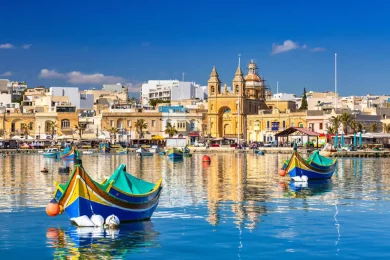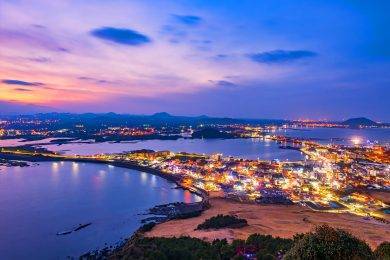Despite its religious roots, many are the pilgrims who make the Camino de Santiago a moment of disconnection and reflection, and a way to measure their physical and mental resistance. If you are thinking about doing the Camino, we recommend you follow some tips to overcome each stage enjoying each day, such as planning each day of the route or purchasing travel insurance with sports coverage.
When is the best time to do the Camino de Santiago?
Although traditionally the Camino takes place in the month of July, it is precisely on this date that we can find the greatest concentration of pilgrims, so it can sometimes even be difficult to find a hostel with free beds. However, to have good weather conditions during the tour, we recommend starting in the spring months or the last days of summer, where there is not so much mass of pilgrims or it is hot in summer or cold in winter. Therefore, the ideal months are April, May, June, September and October.
The Credential
The Credential is the pilgrim’s identification document, which once completed and stamped by the places through which they have been pilgrimage, is delivered to receive the Compostela. This triptych contains some boxes that you must stamp and date twice a day to show that you have traveled different daily sections of the road. The document can be collected in parishes, in the Association of Friends of the Camino, Cofradías del Apóstol, or any other entity that the Cathedral of Santiago has authorized. With the Credential you can also access the public shelters and shelters located along the Camino.
Which way to choose?
If the first time you do the Camino you choose to do a short and accessible route in a few days, you should know that the minimum route to obtain the Compostela is 100 km. For this reason, Camino de Santiago map is handy in terms of knowing the road from Sarria to Santiago de Compostela, of 111 kilometers, is one of the most requested. This section is part of the French Way and is divided into 5 stages: Sarria-Portomarín; Portomarín-Palas de Rei; Palas de Rei- Arzúa (the longest stage, with 29.7 km); Arzúa-Pedrouzo (the shortest, with 19.2 km.); Pedrouzo-Santiago de Compostela. The English Way, divided into 4 stages and that starts from Ferrol , has 115 kilometers but the distances to be covered in each of the days are not as equal as the one that begins in Sarria. Each of the first two stages, Ferrol-Miño-Bruma, almost reach 40 km., While the other two, Bruma-Sigueiro-Santiago, have almost 20 km. travel.
Physical training
Do I need to train? The Camino de Santiago can be done by both athletes and people with less physical shape, but it must always be borne in mind that it is important to prepare the body for hiking. You cannot go from a sedentary life to walking 20 kilometers every day. For this reason, we recommend starting long walks three months before, progressively increasing the route, the intensity and the duration. During these walks, put on the shoes that you are going to take with you to the Camino so that your feet (the part that suffers the most on the way) can adapt. This will strengthen your leg muscles, as well as your knees and ankles. You can also increase the weight of the backpack, so that you learn to walk with weight without it bothering you.
NetSuite developer experts who are equipped with an industry background to analyze your business processes and install the NetSuite solution that meets all your requirements. Operational requirements.











